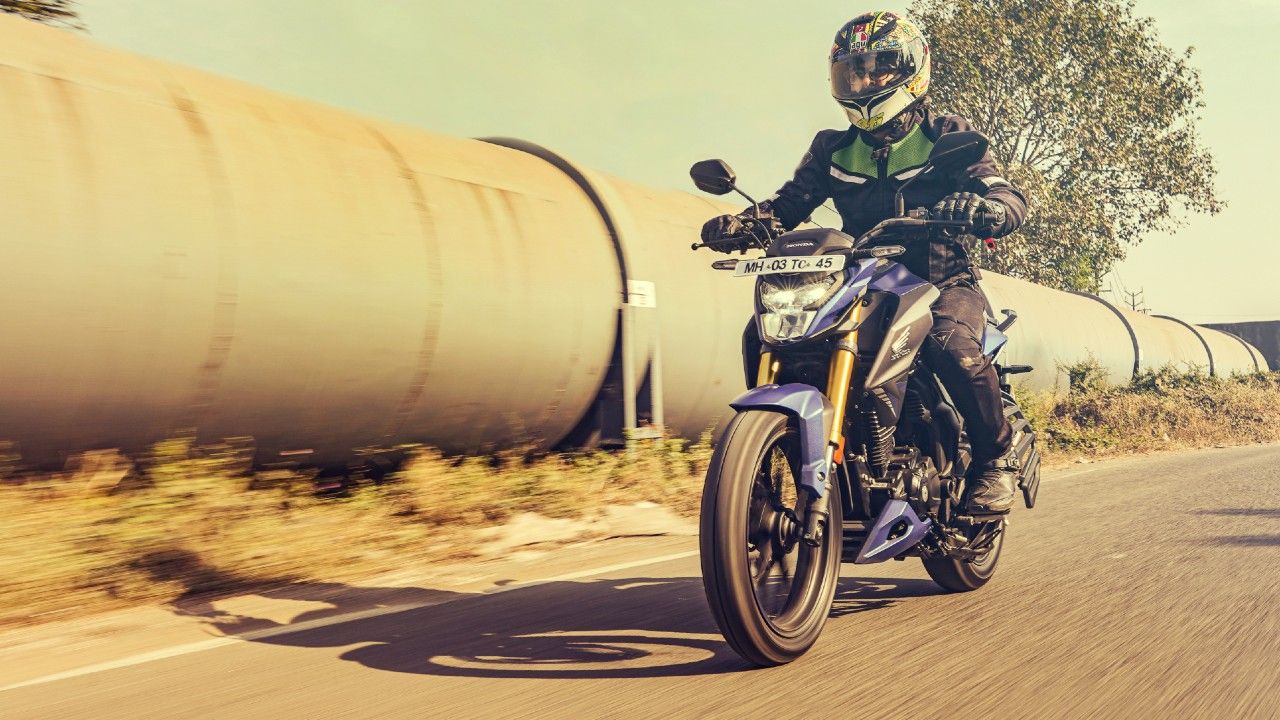
The Hornet 2.0 replaces the old CB Hornet 160R. It's more than a mere BS6 update, for it gets a new chassis and a new 184.4cc heart, which makes more power and torque than before. But, at Rs 1.27 lakh, it ventures into a price range similar to that of other 200cc offerings. So, should you still consider it?
Over the past year or so, Honda Motorcycle and Scooter India has been quite busy. You see, unlike a lot of other manufacturers, it has not just updated its products to comply with the BS6 norms but also gone out of the way to give them substantial updates. And while in the process, Honda has also re-structured the products on offer in the 150 – 200cc space.
Until a few years back, Honda had as many as four products on sale in the 150 – 160cc space – the Unicorn, Unicorn 160, X-Blade, and CB Hornet 160R. The Unicorn 160 never really captured the right market sentiment, forcing Honda to eventually pull the plug on it. That left the Unicorn and X-Blade to play in the 160cc space, with the latter securing the ‘premium’ category. All of this allowed Honda to position the new Hornet 2.0 with a 184.4cc engine a notch above the 160cc segment and at close quarters with 200cc offerings. So, does the Hornet 2.0 find an agreeable neutral territory between the two displacement options, or is it a compromise in every sense?
Design and Ergonomics
Two things about the Hornet 2.0 are clear from the moment you lay your eyes on it. The CB190R inspired design looks beefier and sharper. The edgy low-slung headlight clubbed with the fat golden forks give the Hornet 2.0 an aggressive front. Moving along, although the fuel tank is of the same capacity as the 160R, the tank extensions give the new Hornet a muscular big-bike appeal. The engine cowl, sharply cut rear panel, split seat, and stubby exhaust, all play their part in giving the Hornet a sporty appearance. The tail section has been marginally reworked and now gets sleeker turn indicators – just like the ones on the front. The X-shaped taillight that had become signature of the 160R continues in this version 2.0 as well.
The body panels aren’t really painted but infused with colour, giving the bike a premium appeal. While it seems of good quality for the most part, there are a few elements that could have been better. For instance, the blue mirror casings and the black panel on the fuel tank look a bit too plasticky for my liking. The side panel and the engine cowl, too, feel a bit frail.
From the saddle, you look at an all-digital instrument cluster, which displays essential information like time, gear position, two trip metres, tachometer, and a fuel gauge. However, it doesn’t display average fuel efficiency and doesn’t get Bluetooth connectivity either. As far as riding position goes, it's a good blend of comfort and sportiness. It isn’t exactly upright – you do have to lean forward a bit. And the foot-pegs are marginally rear-set, but it isn’t too aggressive to cause discomfort. At 590mm, the seat is long enough for the comfort of the rider as well the pillion. The seat is not too tall, and most average-size Indians should be able to get both their feet down on the ground.
Engine and Performance
The Hornet 2.0 doesn’t just get an all-new design, it is also powered by a new 184.4cc single-cylinder fuel-injected motor, which produces 17bhp and 16.1Nm. That’s roughly 2bhp and 2Nm more than the Hornet 160R.
Despite the increase in output, it's still nowhere close to similarly-priced motorcycles. That being said, it still feels reasonably quick. Although the peak power is rated at around the 8,500rpm mark, the motor feels quite punchy in its mid-range too. And if you want to really have fun on the Hornet, you’d best keep it around the 5,000-6,000rpm mark, for it is here that it feels feisty without feeling strained or vibey. When you push it beyond the 7,000rpm mark, some vibrations are felt through the pegs and the seat. It feels best while cruising at around the 90km/h mark.
The true merit of this motor is in its tractability. In the city, you can easily ride at around 28-30km/h in the fourth gear, without the engine feeling flustered. The Hornet impresses in its in-gear acceleration too. Even at low-revs and speeds, the engine has enough poke to accelerate reasonably quickly. The short gearing of the 5-speed transmission further aids the cause.
Ride and Handling
The biggest surprise is undoubtedly the way the Hornet 2.0 handles. Its light-weight 142kg body and the firm suspension setups come together quite well to give the motorcycle impressively nimble characteristics. The bike didn't quite feel unsettled even on the fast, flowing, and narrow switchbacks that we tested it on outside of Mumbai. For the firm springs that it has, the ride quality of the Hornet is in fact quite neutral. While it isn’t quite cushy, it isn’t very harsh on the back either. It does, however, tend to bottom out when you hit a pothole even at medium speeds.
One aspect where the Hornet 2.0 really needs some improvement is in the braking department. The front brake lacks initial bite and only feels adequately effective when you pull the lever hard. While it is something you can come to terms with, it can sometimes lead to a bit of scare, especially in a sticky situation. The story is similar with the rear brake as well. Honda only offers a single-channel ABS on the Hornet 2.0, which is frankly a bit disappointing, especially considering the price tag it carries.
Verdict
First of all, kudos to Honda for bringing in an all-new Hornet, when they could have taken the easy way out like a lot of other manufacturers. The Hornet 2.0 has quite a bit going in its favour, and at the top of that list is the design. The refinement and tractability of the motor, the light controls, and the willingness of bike to change direction make the Hornet 2.0 an attractive proposition. In fact, you need to live with the Hornet 2.0 for a few days and ride in varying conditions to really appreciate it to the fullest. Sadly, test rides in a dealership don’t quite work that way, for buyers are required to decide based on a short spin, the brochure, and the price. And here things get a bit difficult for the Honda. Priced at Rs 1.27 lakh, it is just Rs 4,000 cheaper than the TVS Apache RTR 200, with the dual-channel ABS, and the Bajaj Pulsar 200NS. And you will be hard-pressed to find a single aspect in which the Hornet reigns supreme. So, is it a compromise then? Well, not really. The Hornet may not be convincing in an obvious sort of way, but it is an undemanding and fun motorcycle that is greater than the sum of its parts.
- Honda Hornet 2.0
Engine: 184.4cc / Single-Cylinder / Fuel Injected
Transmission: 5-Speed
Power: 17bhp @ 8,500rpm
Torque: 16.1Nm @ 6,000rpm
Price: Rs 1.27 Lakh (ex-showroom)
X-Factor: In a typical Honda way, the Hornet 2.0 is a very friendly and fuss-free motorcycle to live with.
| Pros • Tractable engine • Sharp design | Cons |

Also Read:



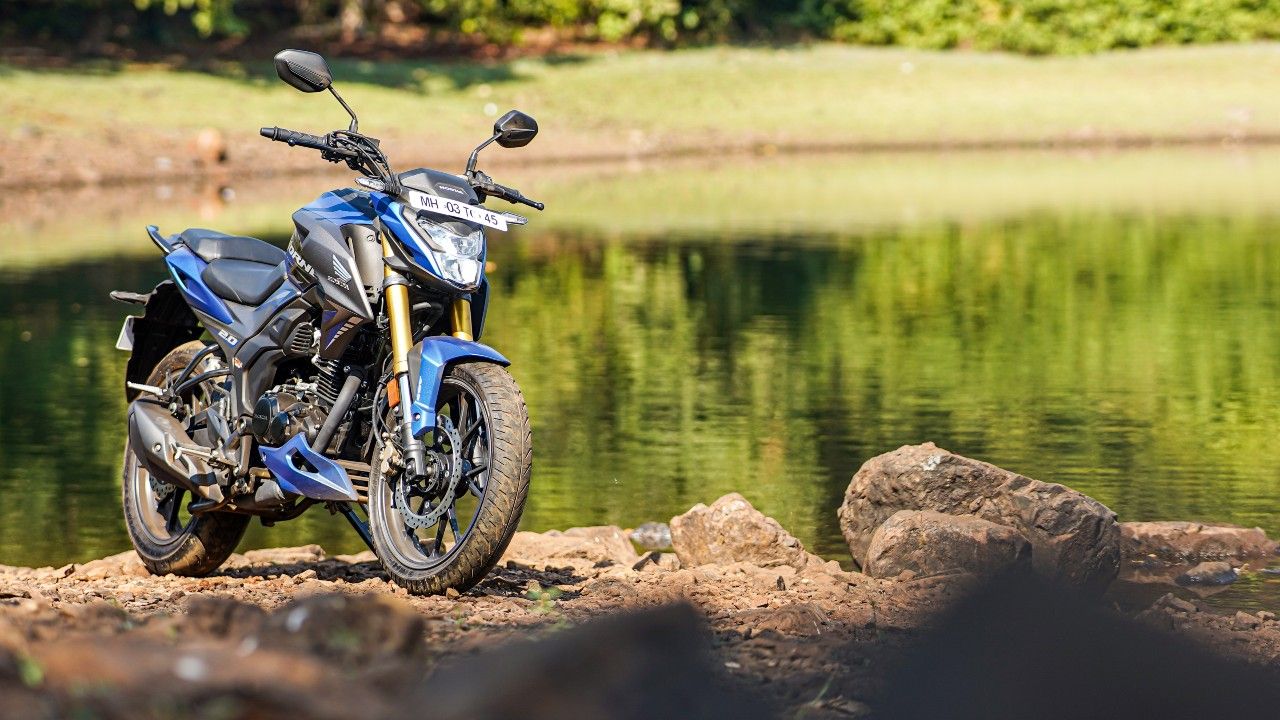
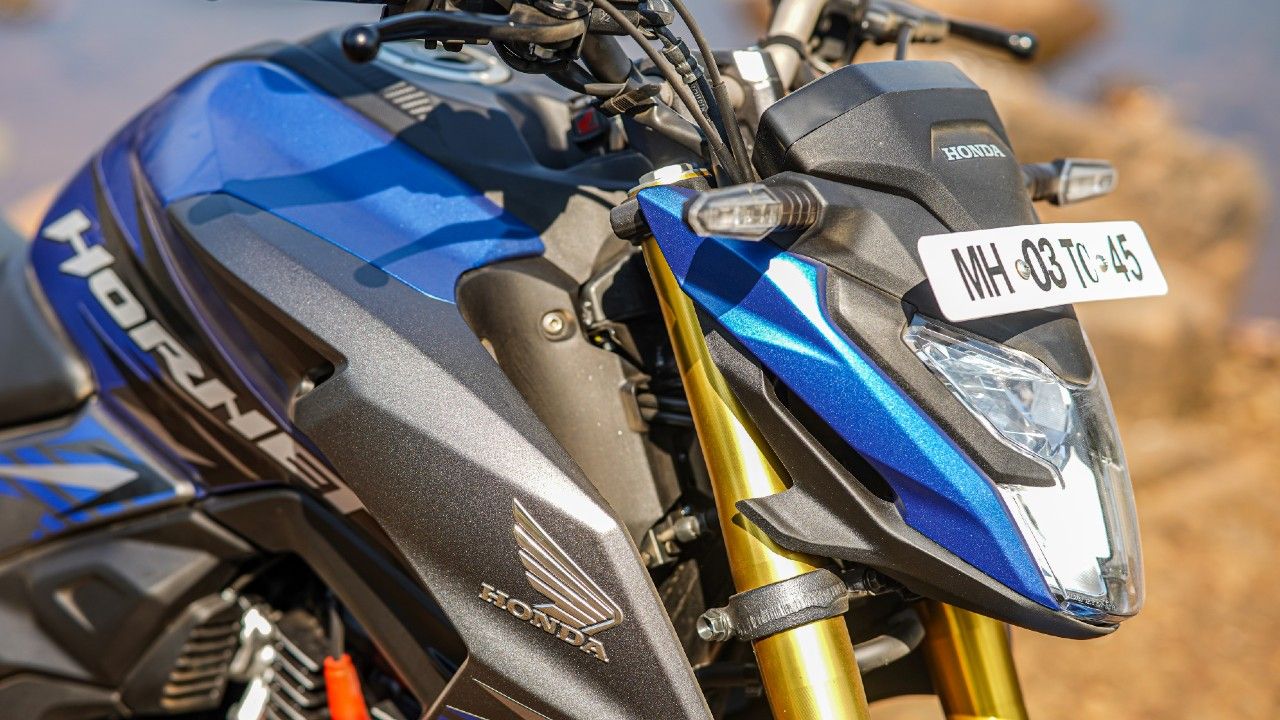
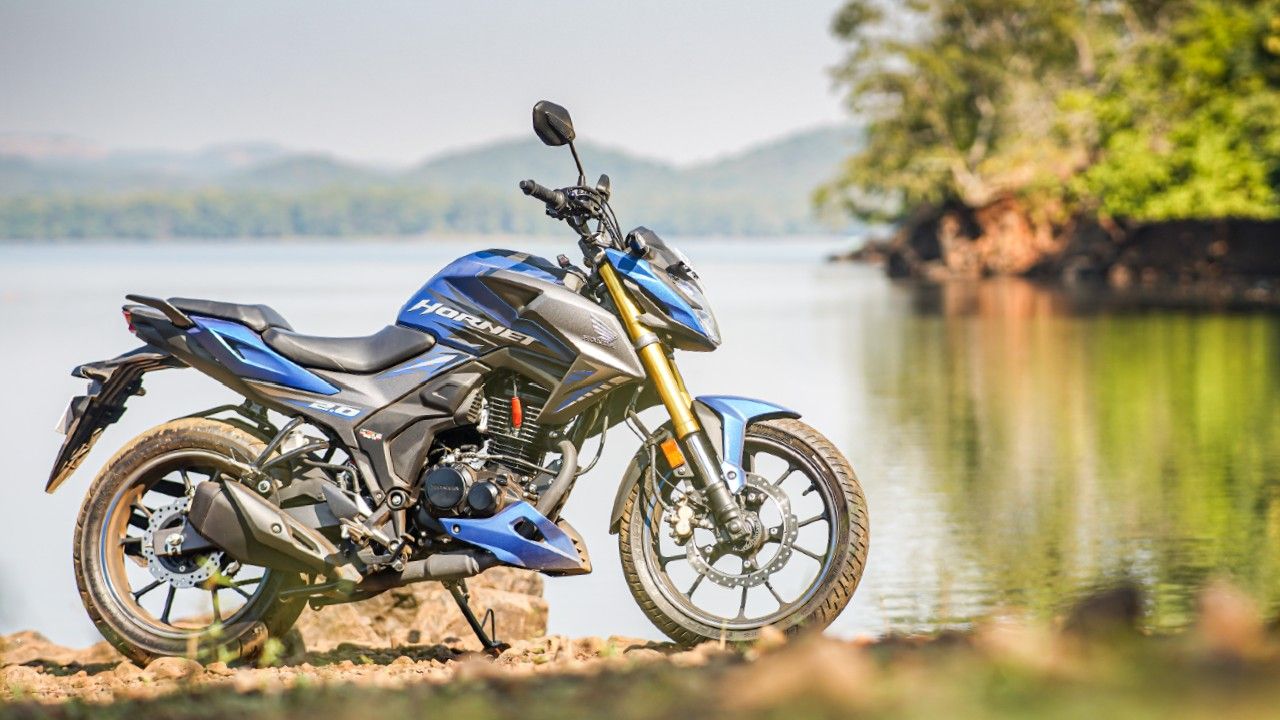
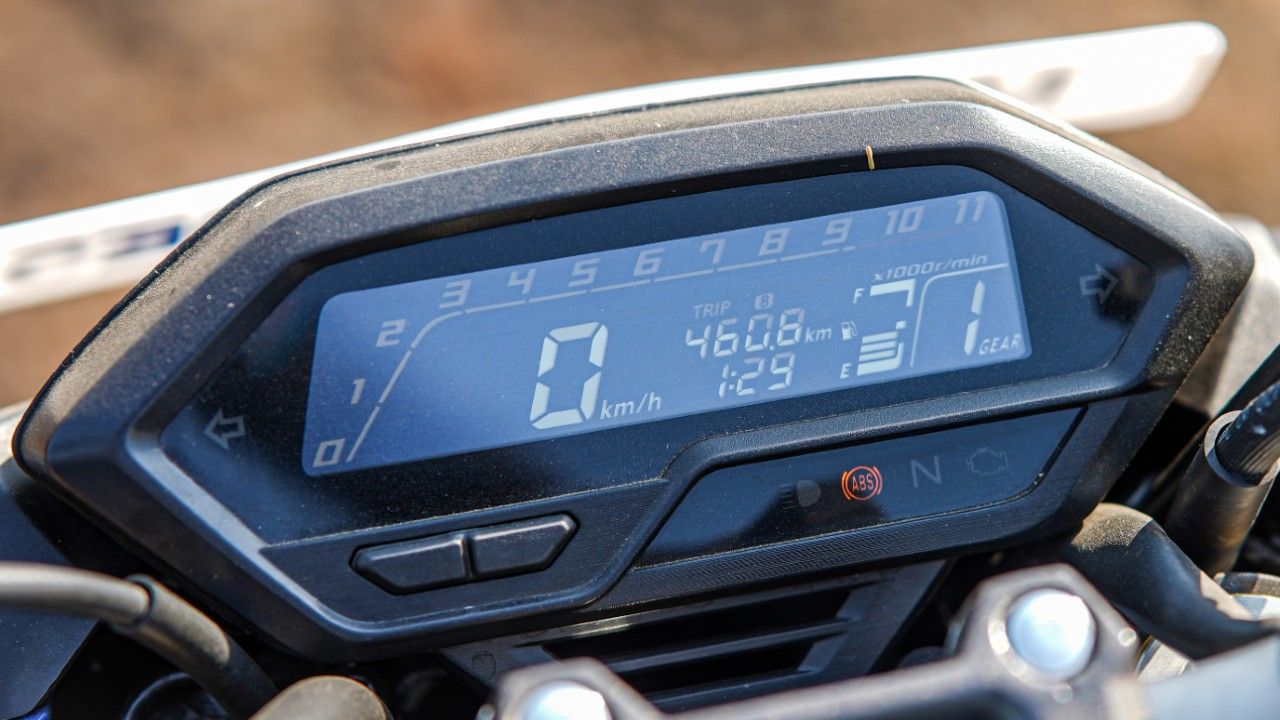
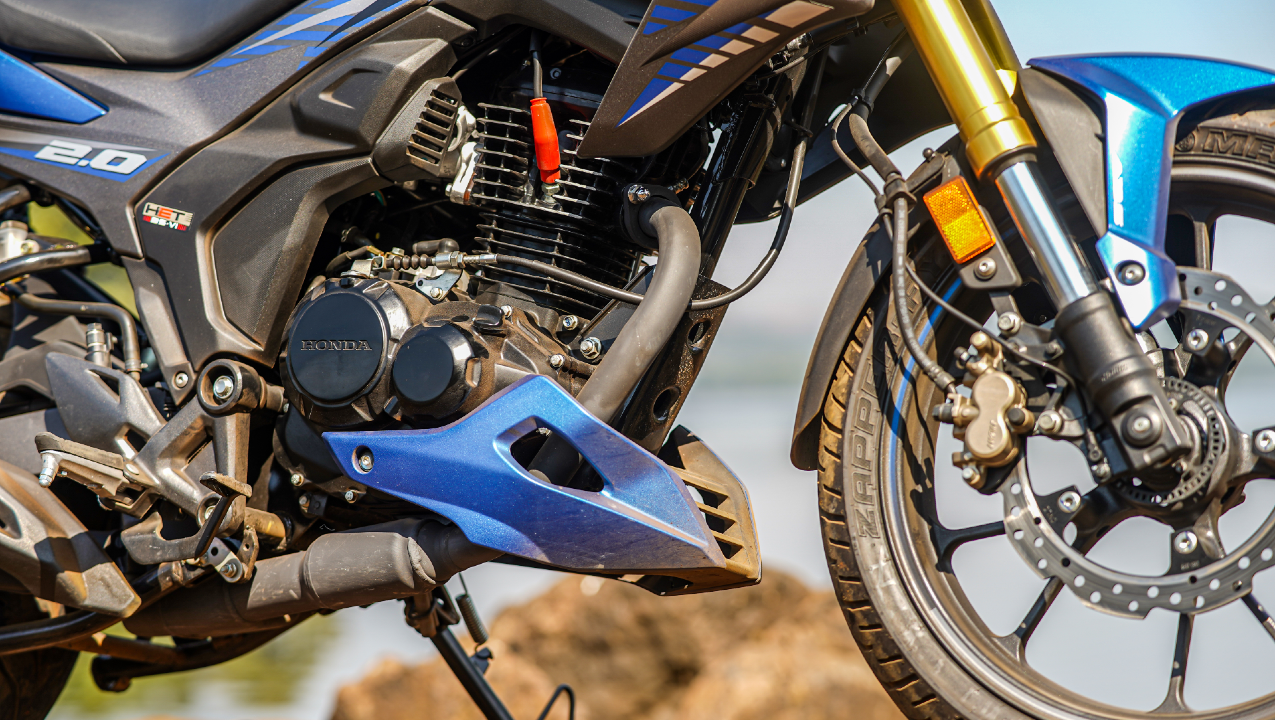


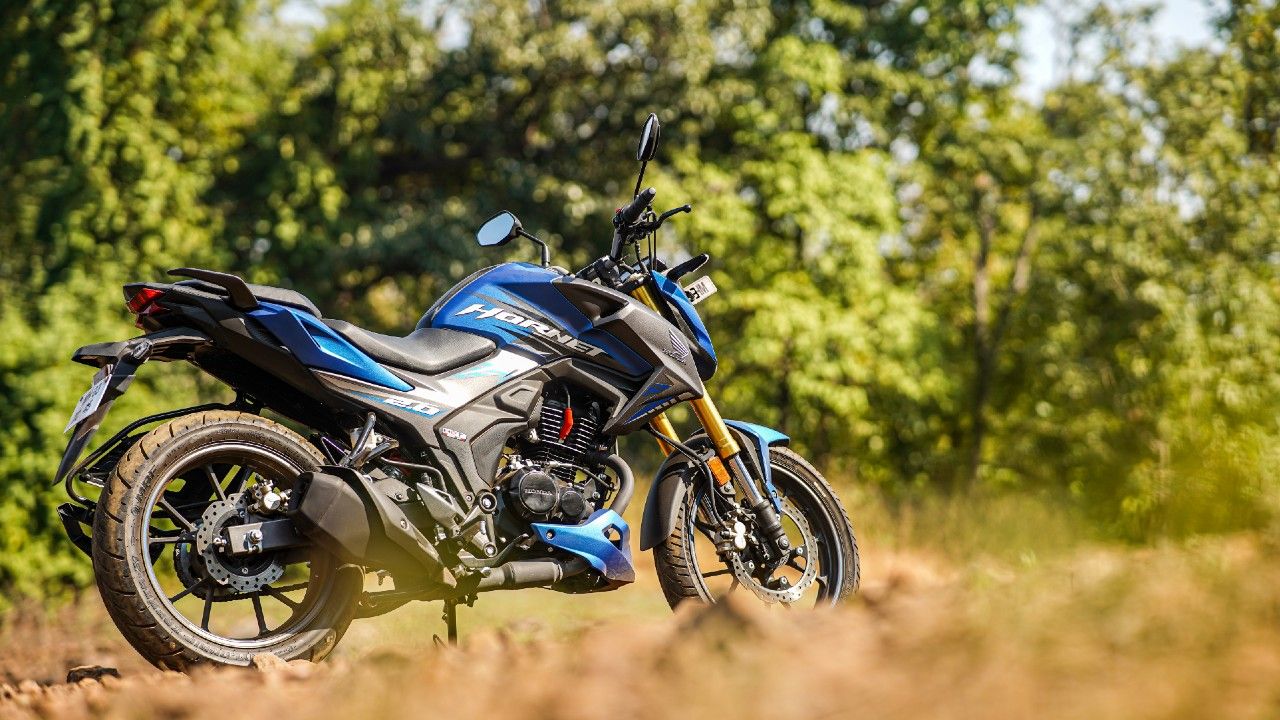

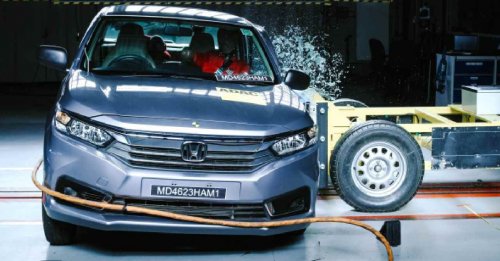


















Write your Comment